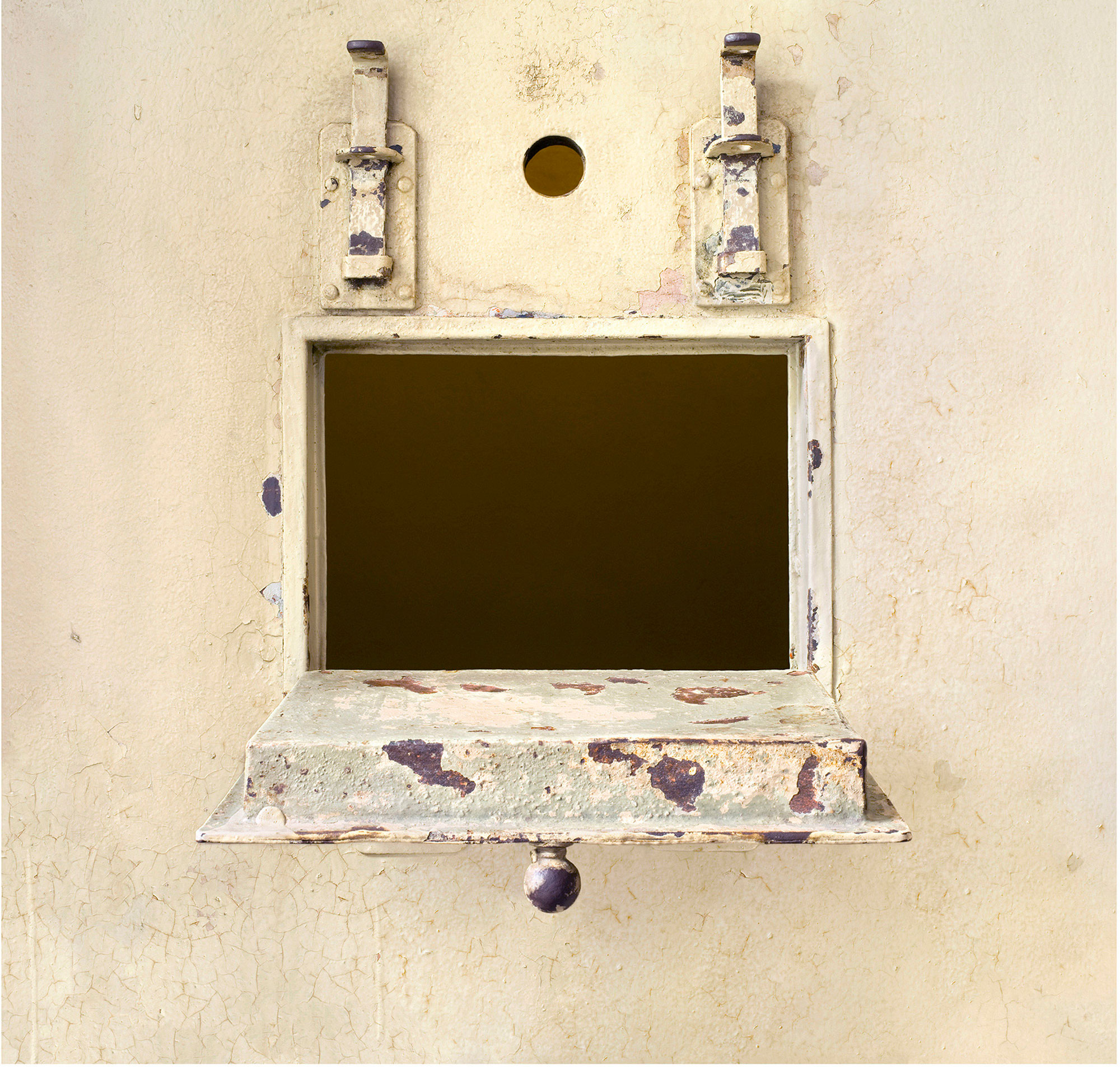
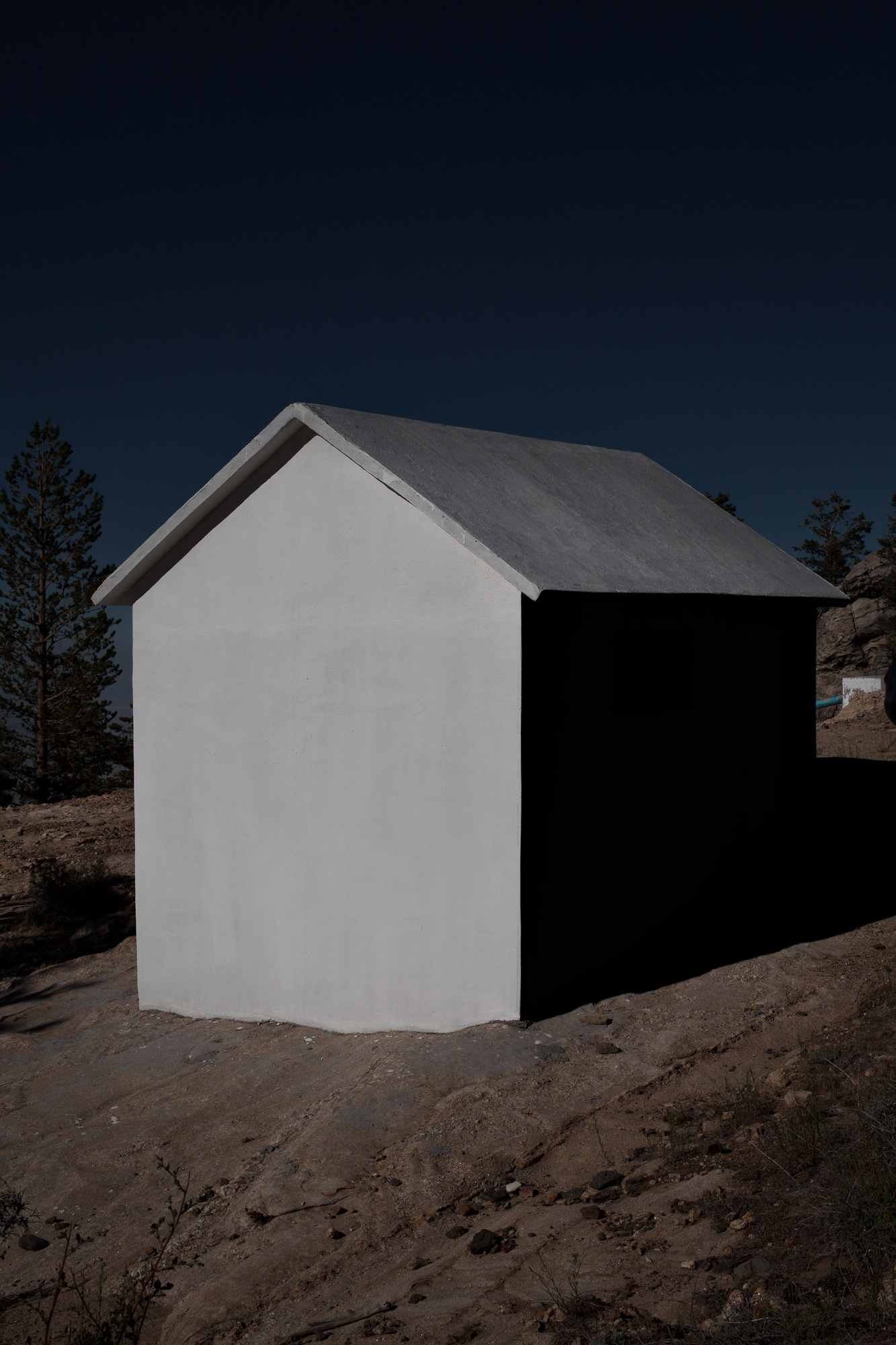
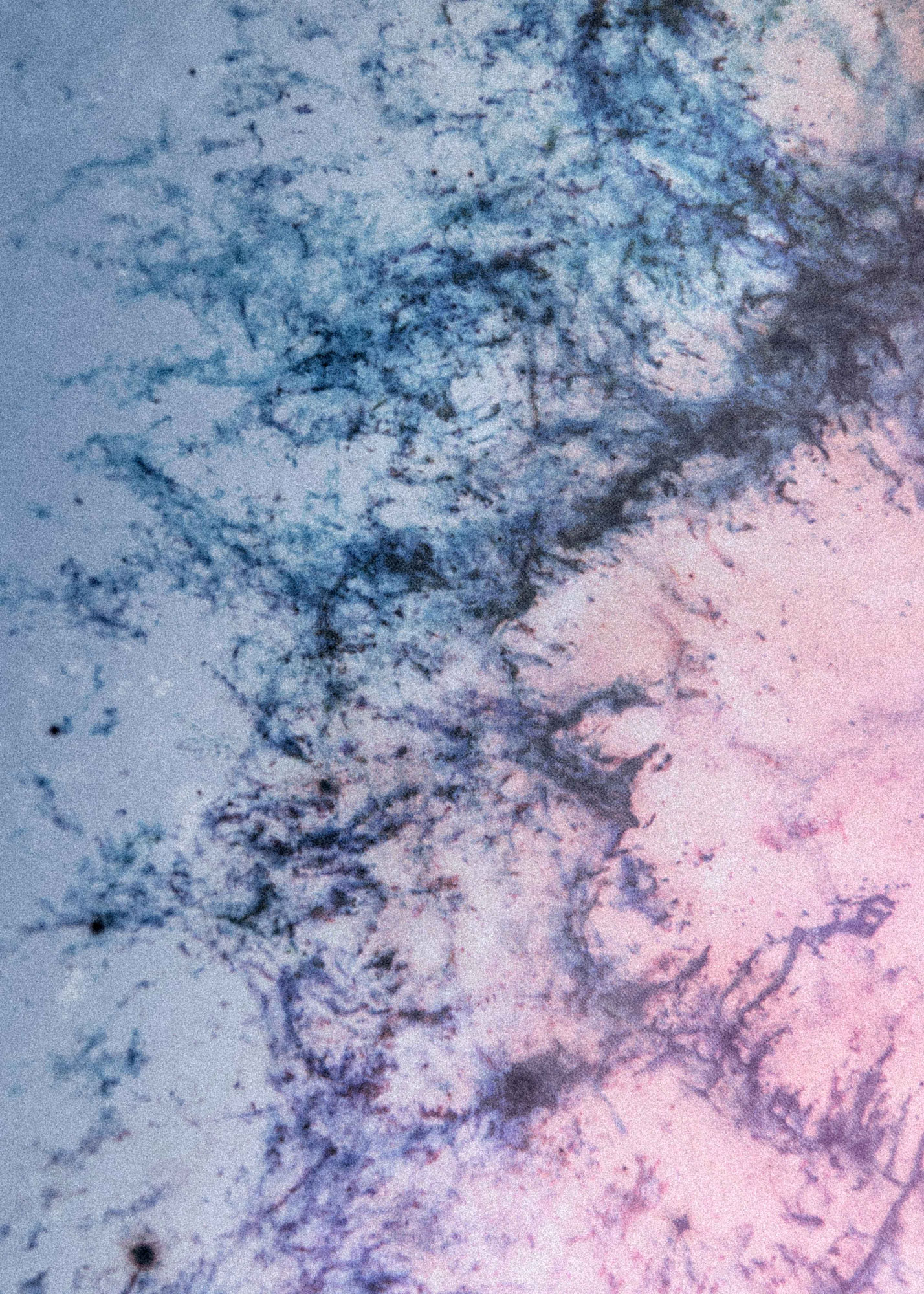
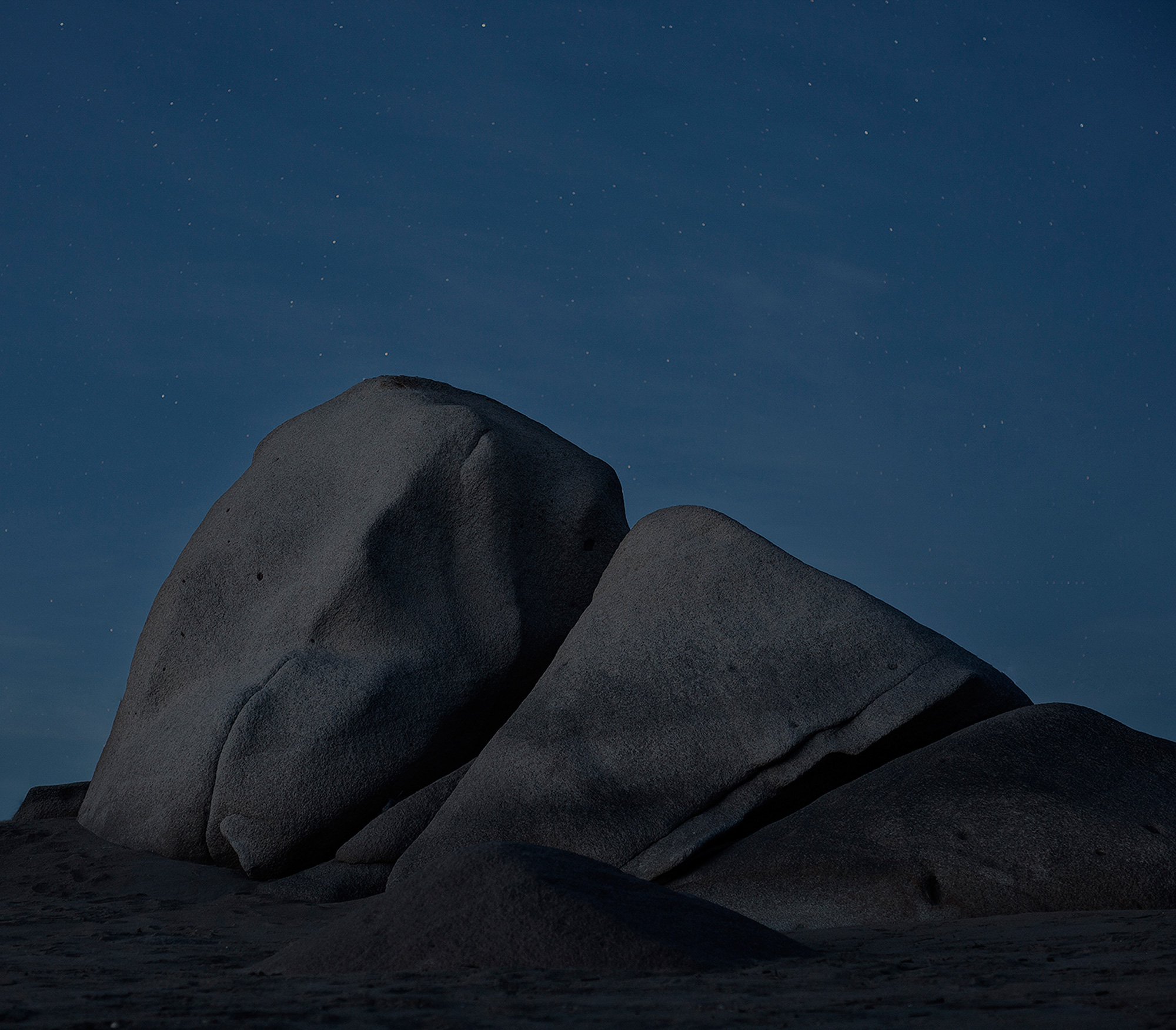

Approximate view with unframed print. Ask for exact available dimensions
Mara Sánchez Renero
El Cimarrón y su Fandango: Palmera
2014
Archival pigment print
Ed. 7 + 2 A.P.
60 x 70 cm
El Cimarrón y su Fandango (2014), habla alegóricamente sobre el pasado de una comunidad de origen africano y el viaje de sus miembros a través de las fluctuaciones de la historia colonial, su integración en el territorio mexicano, y su sentido de identidad dentro de ella.
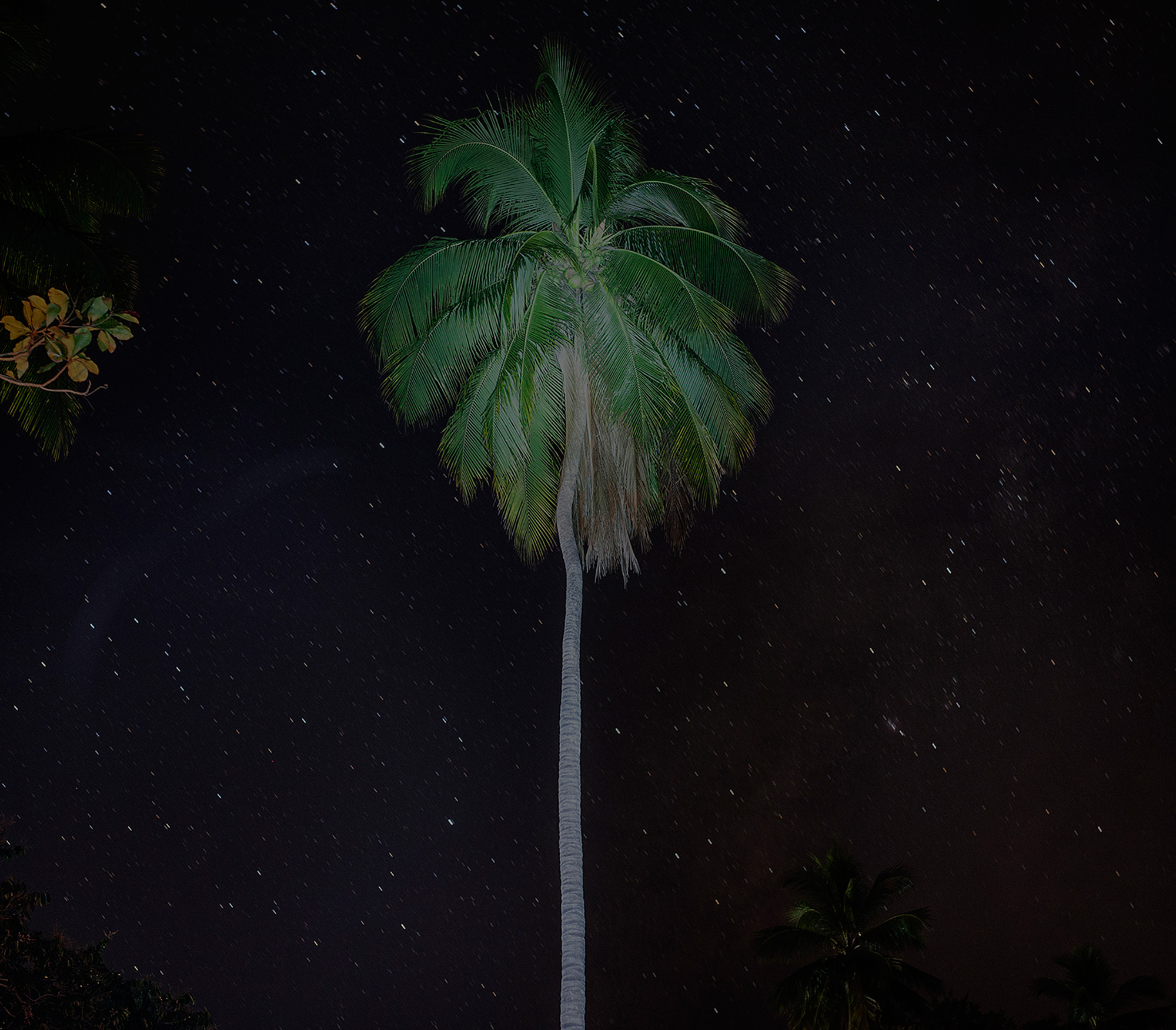
Approximate view with unframed print. Ask for exact available dimensions
Mara Sánchez Renero
Centizal, from Iluikak
2018
Archival pigment print
Ed. 7 + 2 A.P.
82 x 55 cm
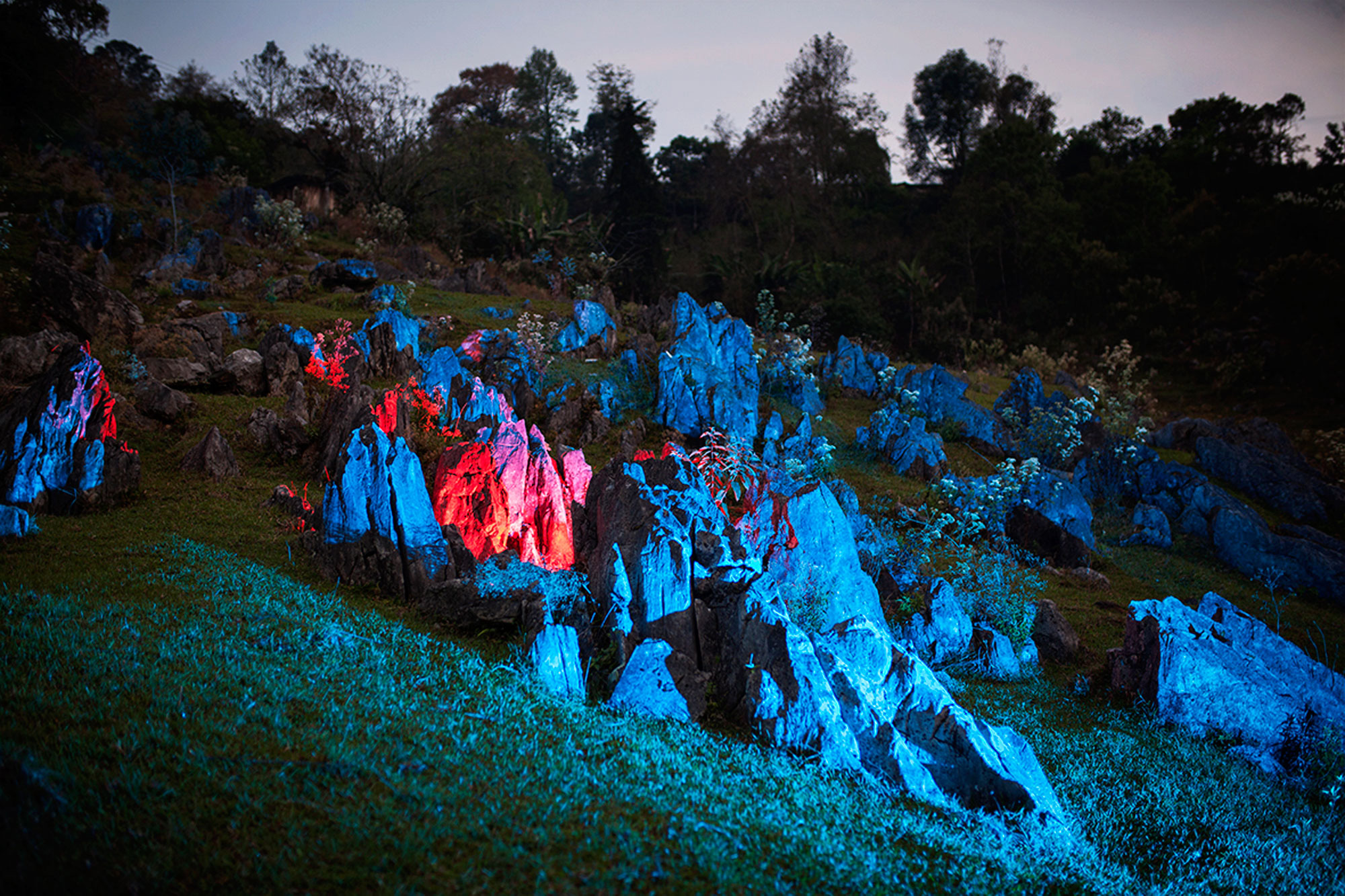
Approximate view with unframed print. Ask for exact available dimensions
Jose Luis Cuevas
Nueva Era: Sin título
2009-2014
Archival pigment print
Ed. 7 + 2 A.P.
60 x 90 cm

Approximate view with unframed print. Ask for exact available dimensions
Nicolas Janowski
Abstracto n°1
2018
Archival pigment print
Ed. 5 + 2 A.P.
70 x 105 cm
Series: Cannabis. Work in process. Selected works Premiere for arteBA 2019 The cannabis regulation process which begun in 2010, articulates political actions and a legal framework that affects the social. The artistic, anthropological and documentary vision from the deeply personal position of Janowski accompanies one of the most emblematic processes of our days. Currently, producers and stakeholders have evolved to respond to the growing number of patients who use the plant -in any of its varieties- both for medicinal use and for recreational use. When I was called to develop this project from the Open Society Foundation, I was going through a couple separation and a personal crisis. Linked to this process and from this assignment, I decided to contact geneticists, biologists, activists and spiritual advisors to experiment in the first person with high regulated doses of THC in blood, systematically increasing the doses for a determined period of time, in order to produce this body of work. Nicolas Janowski.

Approximate view with unframed print. Ask for exact available dimensions
Nicolas Janowski
Tormenta
2018
Archival pigment print
Ed. 5 + 2 A.P.
29 x 40 cm
Series: Cannabis. Work in process. Selected works Premiere for arteBA 2019 The cannabis regulation process which begun in 2010, articulates political actions and a legal framework that affects the social. The artistic, anthropological and documentary vision from the deeply personal position of Janowski accompanies one of the most emblematic processes of our days. Currently, producers and stakeholders have evolved to respond to the growing number of patients who use the plant -in any of its varieties- both for medicinal use and for recreational use. When I was called to develop this project from the Open Society Foundation, I was going through a couple separation and a personal crisis. Linked to this process and from this assignment, I decided to contact geneticists, biologists, activists and spiritual advisors to experiment in the first person with high regulated doses of THC in blood, systematically increasing the doses for a determined period of time, in order to produce this body of work. Nicolas Janowski.
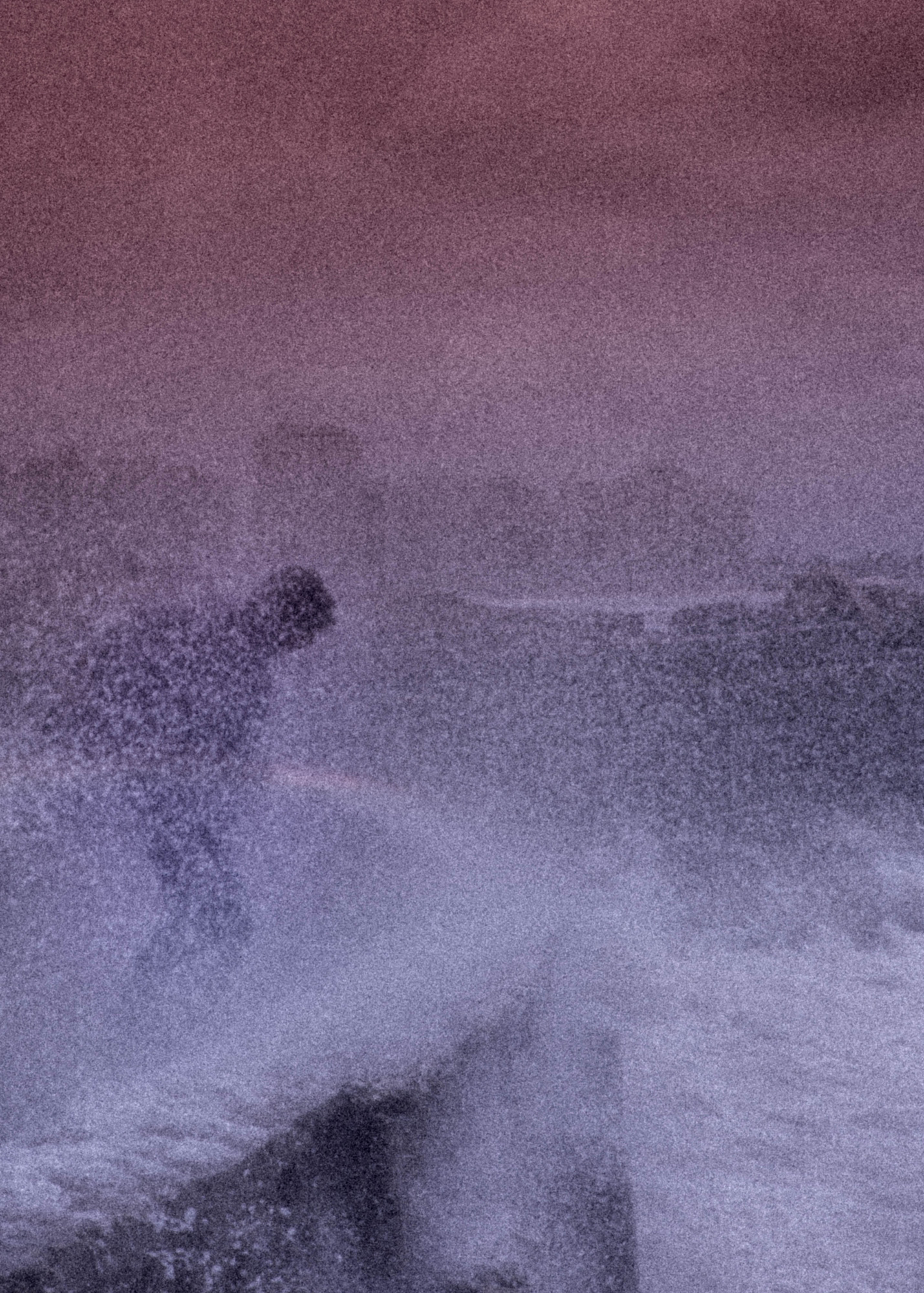
Approximate view with unframed print. Ask for exact available dimensions
Nicolas Janowski
Abstracto n°2
2018
Archival pigment print
Ed. 5 + 2 A.P.
70 x 105 cm
Series: Cannabis. Work in process. Selected works Premiere for arteBA 2019 The cannabis regulation process which begun in 2010, articulates political actions and a legal framework that affects the social. The artistic, anthropological and documentary vision from the deeply personal position of Janowski accompanies one of the most emblematic processes of our days. Currently, producers and stakeholders have evolved to respond to the growing number of patients who use the plant -in any of its varieties- both for medicinal use and for recreational use. When I was called to develop this project from the Open Society Foundation, I was going through a couple separation and a personal crisis. Linked to this process and from this assignment, I decided to contact geneticists, biologists, activists and spiritual advisors to experiment in the first person with high regulated doses of THC in blood, systematically increasing the doses for a determined period of time, in order to produce this body of work. Nicolas Janowski.
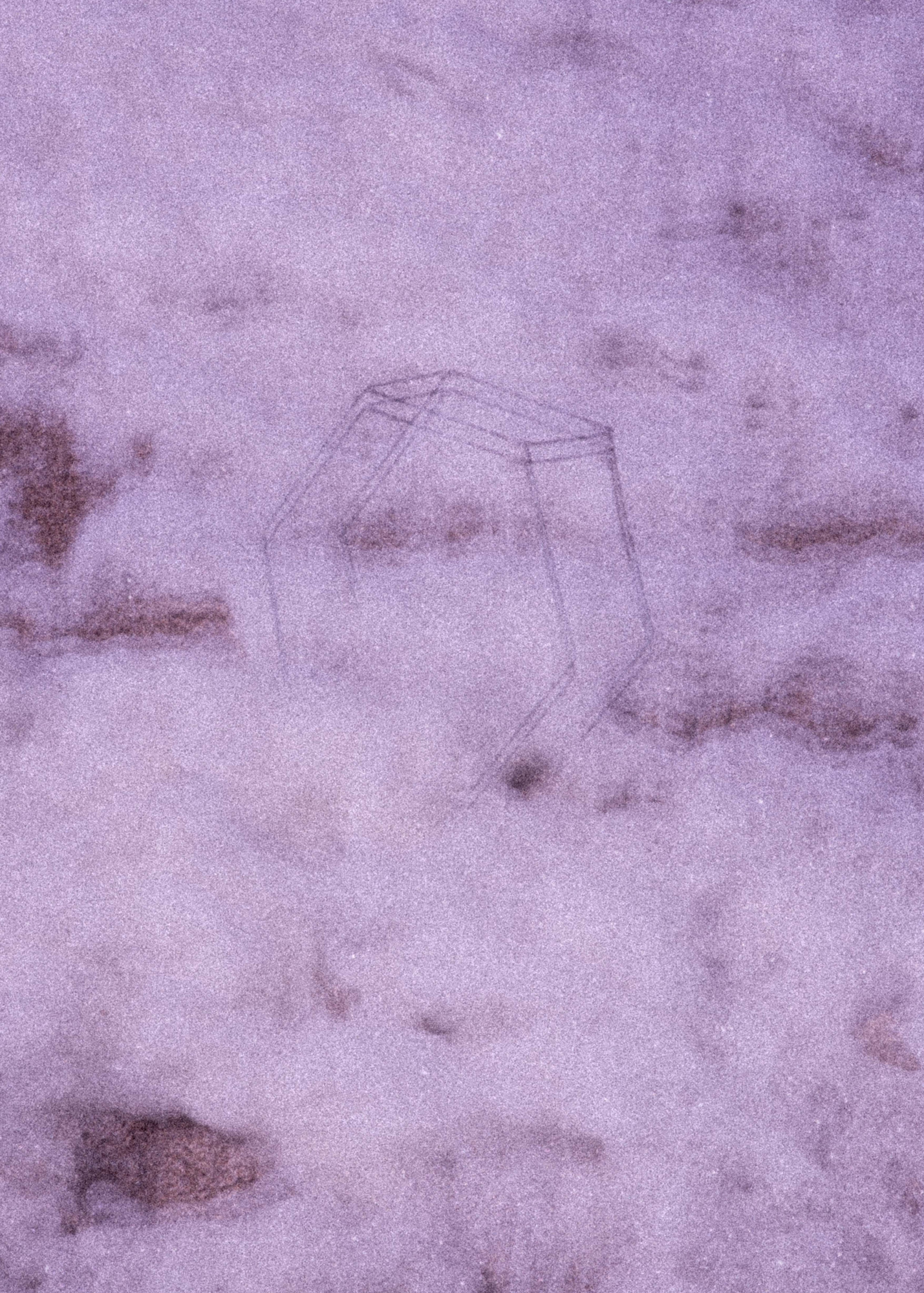
Approximate view with unframed print. Ask for exact available dimensions
Fernando Bayona
Paragraph 175: Cell n° 17 (Buchenwald)
2015-2016
Impression Ink Jet
Ed. of 3
50 x 50 cm
A documentary project on regard the unknown and infamous medical program undertaken by the Nazi regime, aimed at finding a "vaccine" against homosexuality. The images taken in the concentration camps of Sachsenhausen (20km from Berlin), Ravensbrück (Near Poland) and Buchenwald (hilltop with Weimar) focus on the experiments of the physician Carl Peter Vaernet. The repealed article 175, of the German penal code in force from 1872 to 1994, punished male homosexuality, although it was scarcely put into practice, during "The Night of the Long Knives" that led to the murder of Ernst Röhm, one of the maximum Nazi leaders openly gay, would lay the foundations that would start the game against the gay community. The persecution was based on the fact that by not reproducing they would not perpetuate the Aryan race. In this unprecedented effort, medical, surgical and pharmacological experiments were carried out to cure what they understood as a "disease". It is estimated that more than 140,000 men were prosecuted under the various versions of Paragraph 175. This series serves as a memorial witness for the victims forgotten by history who lost their lives due to their sexual preference. Realities silenced by fear, shame and social stigma that implied a sentence that continued to be met for the living in prison even at the end of the war because the penalty remained in force. Inside the cells the prisoners remained naked and wet, forced to stand for long hours. The polyptych recalls the gravestones in series of Spanish cemeteries and problematizes the idea of a cell as a confining space for the body and the physical habitat after death.

Approximate view with unframed print. Ask for exact available dimensions